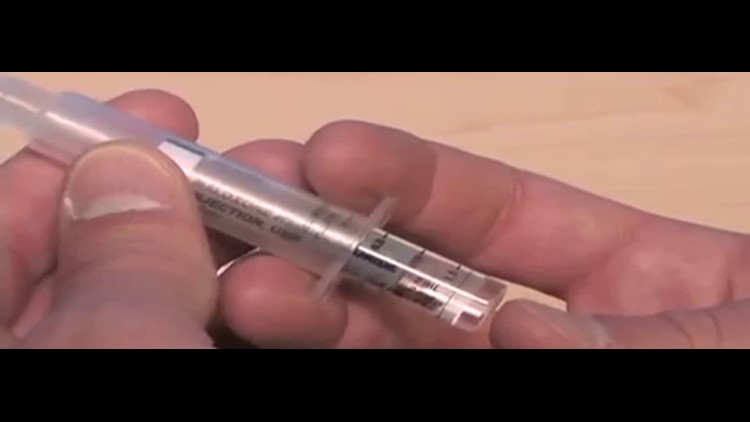Heroin was a major drug of abuse in the 1960s to the 1980s before it was supplanted by cocaine and crack cocaine in the 1990s and early 2000s. Users were mostly lower income and from the inner city. However, heroine has made a dramatic comeback in the 2010s with the number of deaths rising from 6000 in 2010 to over 8000 today in the United States. This time around though, users are coming from every walk of life and all socio-economic groups. Here to tell us what we need to know about Heroin usage and how to stay safe and keep your families safe is our pharmacist Dr Michael White from the UConn School of Pharmacy.
Heroin was such a horrible scourge in the 1960s to the 1980s and led not only to thousands of deaths from overdose but was a major spreader of HIV infection. Major public health initiatives and the arrival of an inexpensive form of cocaine called crack helped to suppress use among new drug abusers for two decades. In the 2000s, we did not have controls in place for prescription opioid pain killers like morphine, fentanyl, oxycontin, or hydromorphone. These drugs were heavily prescribed to patients with pain and some patients became addicted while many others took them from family members and shared them at parties or started taking them. When the government and drug companies started cracking down on prescription opioid abuse, people who were addicted turned to an opioid which is in ample supply, heroin. People who started abusing prescription opioids are 40 times more likely to use heroin.
Some pain relievers are coming with abuse preventing technology like including another drug inside it that prevents people from feeling high when they take larger doses, regulators are cracking down on prescribers who are overwriting for opioids and are tracking opioid prescriptions closely. If you are given an opioid for pain, only take what was prescribed and get rid of the extra tablets so family members are not tempted to take them. If a family member is taking opioids and seems to be acting differently, let their prescriber know. Finally, talk to your children about how horrible opioid and heroin addiction is.
If you or a family member is addicted to heroin, seek out treatment right away. People don’t have to hit rock bottom before they die, getting a bad batch or combining heroin with other drugs or alcohol can lead to death even in someone who just started using it. If someone has used heroin and is unconscious, don’t let them just sleep it off, they may stop breathing and never wake up. Naloxone is an opioid reversal agent, it will make people start breathing again but will also bring an abrupt end to their high and cause withdrawal. So they will be alive but likely be angry with you. Naloxone comes as an autoinjector, like an Epipen® or as an intranasal syringe. Finally, the risk of hepatitis B, C, and HIV are much higher if you are sharing needles to inject heroin. People can purchase naloxone and clean needles at community pharmacies in the State of Connecticut. Just ask your pharmacist for details.
Dr. Michael White, UConn School of Pharmacy



